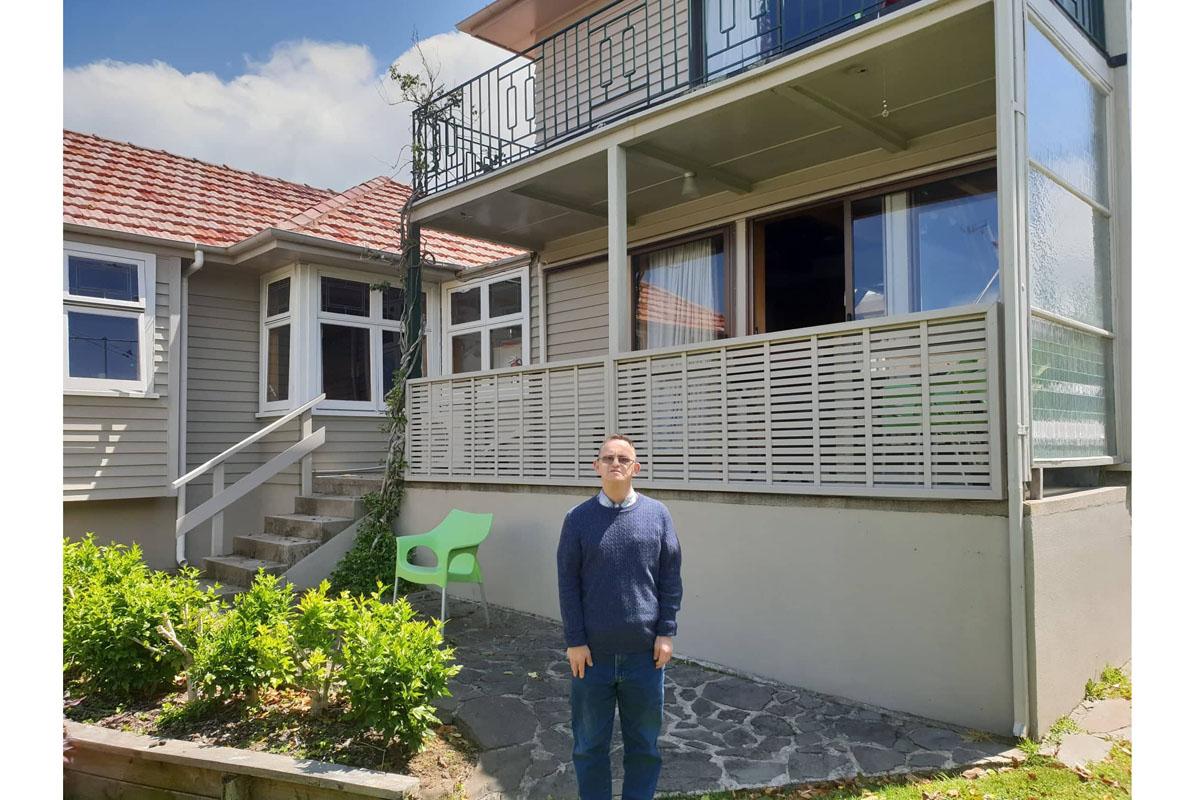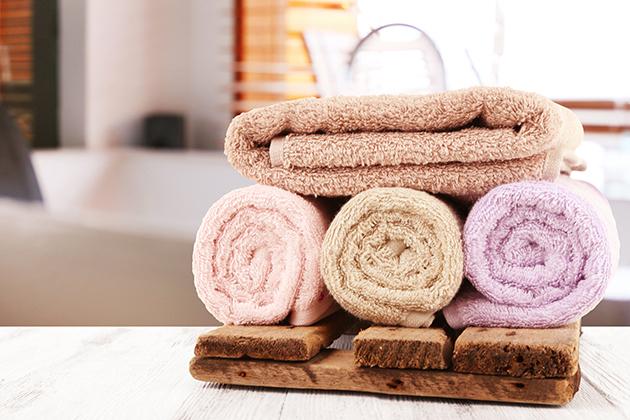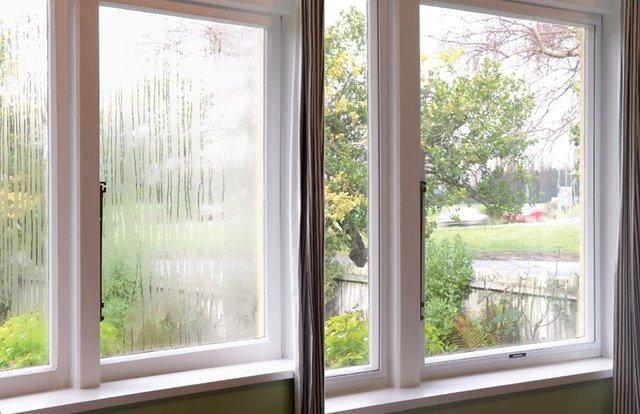
Know what’s happening
Access the private noticeboard for verified neighbours near you. Keep informed about any suspicious activity, send urgent updates to your neighbours when required and discuss emergency planning.
Get to know your neighbours
Browse the directory and start getting to know your neighbours. Don’t want to post to the whole neighbourhood? Send a private message.
Buy, sell and give away
Want to declutter your garage? Buy some used household items? Give away some garden stuff? Become a verified neighbour to browse and post items for sale. Trading is simple when everyone lives nearby.


Lost something? Found something?
Let's reunite! Share about it here.

Thank you for using Neighbourly
You may receive an email confirmation for any offer you selected. The associated companies will contact you directly to activate your requests.
Kia ora Bay of Plenty, it's time to dust off that old camera, get out and about and show the rest of your neighbours your favourite, treasured spots in your region. It could be an awesome view, the shy wildlife or even the old buildings that are wanting their stories to be told.
Go ahead, … View moreKia ora Bay of Plenty, it's time to dust off that old camera, get out and about and show the rest of your neighbours your favourite, treasured spots in your region. It could be an awesome view, the shy wildlife or even the old buildings that are wanting their stories to be told.
Go ahead, get snapping and illustrate what's beyond your backyard.
Post your photographs in the comments below ⬇

21 replies (Members only)
Jo Haywood Reporter from Homed
Hey neighbours, there are few Kiwis who haven't experienced cold or damp housing at some point in New Zealand, whatever part of the country you call home. So what's being done to change that for future generations?
Here's … View moreHey neighbours, there are few Kiwis who haven't experienced cold or damp housing at some point in New Zealand, whatever part of the country you call home. So what's being done to change that for future generations?
Here's how a passive revolution and building code changes could help our health - and the climate.

This National Volunteer Week, we’re recognising all the amazing volunteers who form the backbone of emergency response in Aotearoa and support their communites every day.
THANK YOU, VOLUNTEERS!
When Aotearoa faces challenging times, Kiwis always step up to support people in need. Volunteers … View moreThis National Volunteer Week, we’re recognising all the amazing volunteers who form the backbone of emergency response in Aotearoa and support their communites every day.
THANK YOU, VOLUNTEERS!
When Aotearoa faces challenging times, Kiwis always step up to support people in need. Volunteers are instrumental in ensuring that we get through, together.
“Every day, a network of 11,000 Red Cross volunteers and members across the country help us respond to disasters, settle new Kiwis, help run our shops, deliver Meals on Wheels, teach former refugees how to drive, sew curtains for families in need, and so much more. Last financial year, Red Cross volunteers gave close to 120,000 hours of their time. They are the hands and feet of almost everything we accomplish,” says Niamh Lawless, our Secretary General.
Click on the "Read More" button to read Justine's story.

Over 80% of Fire and Emergency is made up of volunteers. Without them and their support crew, we wouldn’t be who we are today.
So this National Volunteer Week, we’re thanking more than 11,500 of our volunteers for missing precious moments in their lives to protect our communities.
Make … View moreOver 80% of Fire and Emergency is made up of volunteers. Without them and their support crew, we wouldn’t be who we are today.
So this National Volunteer Week, we’re thanking more than 11,500 of our volunteers for missing precious moments in their lives to protect our communities.
Make sure you say thanks as well by leaving a comment below. #cheerstoourvolunteers
Find out more

15 replies (Members only)
RetroFit Double Glazing - Bay of Plenty
Are you spending a lot more time at home these days and constantly tired of freezing during winter? Let us help you make your home warmer, drier and healthier all year round with a tailored retrofit double glazing solution for your home. Get your free measure and quote here or call 0800 658 658.
Mei Leng Wong Reporter from NZ Gardener & Get Growing
In this week’s issue we go undercover with tips and tools for glasshouses. It’s time to make your bird-friendly garden count, prune fruit trees, watch out for frosty weather, move seedlings under cover and pick celery before disease strikes.
Plus make your own hanging chandelier planter and … View moreIn this week’s issue we go undercover with tips and tools for glasshouses. It’s time to make your bird-friendly garden count, prune fruit trees, watch out for frosty weather, move seedlings under cover and pick celery before disease strikes.
Plus make your own hanging chandelier planter and follow Jane Packer’s advice to decorate your kitchen and dining spaces with flowers. Be in to win Jane Packer Flowers and the NZ House & Garden July issue.
Delivered every Friday to your email inbox, Get Growing digital magazine offers seasonal gardening advice from the NZ Gardener magazine's team of experts. Each week we answer all your burning questions on raising fruit and veges and tell you the top tasks to do in your backyard this weekend. Subscribe here:

Very short notice, but the only time the Minister could come before the election, so please make the most of the opportunity to come here what she has to say!

Hi Bay of Plenty! The days are getting colder and the Neighbourly Snaps campaign is turning up the heat in your region. Show the rest of your neighbours the wintery scenes around your pad or your region. What's your idea of a wintery scene? Post your photo in the comments below ⬇️⬇️

Africa Queen from Africa Queen
Meet Sid from SK Barbers. He will be based at Africa Queen from the 1st July, we are excited to be sharing our space with talented Sid who will offer barber and men’s grooming services (threading and facials) #fresh #faded #SKB enquire now!
Sarah Macdonald from Volunteering New Zealand
Volunteering New Zealand is mobilising the kindness DNA with our new #AotearoaOfKindness campaign for National Volunteer Week!
We're calling on people to share their stories of acts of kindness. We're calling on people to thank those who have shown acts of kindness that contribute to an … View moreVolunteering New Zealand is mobilising the kindness DNA with our new #AotearoaOfKindness campaign for National Volunteer Week!
We're calling on people to share their stories of acts of kindness. We're calling on people to thank those who have shown acts of kindness that contribute to an Aotearoa of Kindness.
Call to action – keep shaping the world we want to live in:
• Look for where kindness, mahi aroha, work for love, has impacted your life.
• Show your thanks to those people giving kindness and mahi aroha through #AotearoaOfKindness.
• Connect or reconnect with a community or a cause that’s important to you through volunteeringnz.org.nz/finding-volunteer-roles.

Totara is a beautiful family-run residential care home for people with intellectual and physical disabilities, located in Tauranga. We have more than 10 years’ experience in providing care to people with disabilities, as well as providing support to their families/whanau.
We currently have one… View moreTotara is a beautiful family-run residential care home for people with intellectual and physical disabilities, located in Tauranga. We have more than 10 years’ experience in providing care to people with disabilities, as well as providing support to their families/whanau.
We currently have one space available in our boutique care home.
To access our service you will need to be referred by a local Needs Assessment and Service Coordination (NASC). Our service is funded by the Ministry of Health.
Please contact Chris on 0275303090 if you have any questions or would like to meet with us.

Jo Haywood Reporter from Homed
Hey neighbours, is there a right way to fold towels? It seems it's a topic lots of people have strong opinions about.
The most popular options are the quick-and-easy triple fold, or folding the outer edges towards the centre before folding in thirds, to create a plusher, more spa-like look. … View moreHey neighbours, is there a right way to fold towels? It seems it's a topic lots of people have strong opinions about.
The most popular options are the quick-and-easy triple fold, or folding the outer edges towards the centre before folding in thirds, to create a plusher, more spa-like look. But what do you do? And who knew folding towels could be so controversial?

Sarah Macdonald from Volunteering New Zealand
National Volunteer Week honours the collective energies and mana of volunteers in Aotearoa. They grow our people, open minds, open hearts and create joy.
National Volunteer Week 2020 runs from June 21-27. This year’s theme is ‘Te Hua o te Mahi Tahi I The benefit of working together’.
… View moreNational Volunteer Week honours the collective energies and mana of volunteers in Aotearoa. They grow our people, open minds, open hearts and create joy.
National Volunteer Week 2020 runs from June 21-27. This year’s theme is ‘Te Hua o te Mahi Tahi I The benefit of working together’.
Join us this National Volunteer Week to celebrate how our communities are stronger when working together.
#NVW2020 #mahitahi #teamwork #tautoko #support #volunteers #thankyou #AotearoaOfKindness

Robert Anderson from Curtain Clean Rotorua
Window insulation film works on the same principle as standard double glazing by creating a layer of still air in front of the glass that acts as insulation. DIY window insulation kits consist of clear plastic film for attaching to wooden window sashes or frames using double-sided adhesive tape. … View moreWindow insulation film works on the same principle as standard double glazing by creating a layer of still air in front of the glass that acts as insulation. DIY window insulation kits consist of clear plastic film for attaching to wooden window sashes or frames using double-sided adhesive tape. They cost a fraction of the price of double glazing yet offer good performance in reducing heat loss and condensation in your home, as well as preventing your sills and window dressings from going mouldy. You can pick up a kit from your local Mitre 10 or Bunnings.
Window insulation film is only designed to last one season, but it may remain intact for several years if your windows are in good condition and the film is undisturbed. Just be aware that adhesive tape used on the film may leave a stain if you leave it on for longer than one season.
Tips for installing
Installing DIY window insulation film is relatively easy - you only need a pair of scissors and a hair dryer.
• Make sure your window frames are dry and the paint is in good condition to avoid condensation forming inside the air gap.
• For wooden windows, applying a bead of sealant like silicone along the glass edge will further reduce the risk of moisture creeping into the air gap.
• Make sure your window pane is clean and streak free before putting the insulation up.
Step 1: Clean the Window
Clean the window thoroughly with an ammonia-based window cleaner and wipe it dry using a squeegee. Make sure that all of the window cleaner is wiped off, as it will dissolve the adhesive on the window film.
Step 2: Wet the glass with a light spray of water and baby shampoo
Fill a spray bottle with water and add a couple of drops of baby shampoo. Spray the mixture onto the window. This mixture helps the film stick to the window but still lets you slide the film around so you can fit it properly into the corners before the mixture dries.
Step 3: Measure and trim the film to size
Measure the window to see how large an area you need to cover, allowing at least two centimetres overlap for all four sides. Roll the window film out onto a flat horizontal surface and trim to size. Before you put the film on the window, start peeling the backing off the sticky side of the film. Use masking tape on both sides of one corner to get the peeling started.
Step 4: Put the window film onto the window
Once you’ve peeled off the top five to ten centimetres of backing, move the film up to the surface of the window. Start by putting the top two corners in place. Once the film is sitting in a good position you can slowly start to take the rest of the backing off.
Step 5: Remove the backing from window film as you go
Slowly peel the backing off in stages. Use a squeegee to flatten the film out onto the window as you go. Start the squeegee in the centre of the window and push out to the edges. As you work down the window, use the spray bottle to keep the surface as moist as possible. It will give you a much smoother finish.
Step 6: Remove the air bubbles from the window film
Once the squeegee has got the larger bubbles out, use the small plastic scraper to remove any smaller bubbles. You can work out any small pockets of water at the same time. Whatever small amounts of moisture are left will work with the adhesive on the film to create a bond to the window.
Step 7: Give the window film a final trim
When all the bubbles are out, take a sharp blade and give the film a final trim at the edges of the window. Once you’ve trimmed the edges, give the film one final scrape with the small plastic scraper. Tuck the corners in as hard as you can, squeegeeing towards the outside, working out the last remnants of water.
Remember Curtain Clean can help with those mouldy curtains, give us a call on 0800 579 0501 to find your local shop.
We would love to see or hear about your finished projects if you give them a try, please get in touch and let us know!

 Loading…
Loading…
Are you sure? Deleting this message permanently removes it from the Neighbourly website.
 Loading…
Loading…

 Buyers $569,000+
Buyers $569,000+



 Marketed by Shon & Trudy Meszaros
Marketed by Shon & Trudy Meszaros

 By Negotiation
By Negotiation



 Marketed by Lisa Crowe
Marketed by Lisa Crowe

 By Negotiation
By Negotiation



 Marketed by Lisa Crowe
Marketed by Lisa Crowe

 Buyers $619,000+
Buyers $619,000+



 Marketed by Shon & Trudy Meszaros
Marketed by Shon & Trudy Meszaros

 $629,000
$629,000



 Marketed by Lisa Crowe
Marketed by Lisa Crowe

 By Negotiation
By Negotiation


 Marketed by Lisa Crowe
Marketed by Lisa Crowe

 By Negotiation
By Negotiation



 Marketed by Eddie McDermott
Marketed by Eddie McDermott
© Neighbourly 2024
